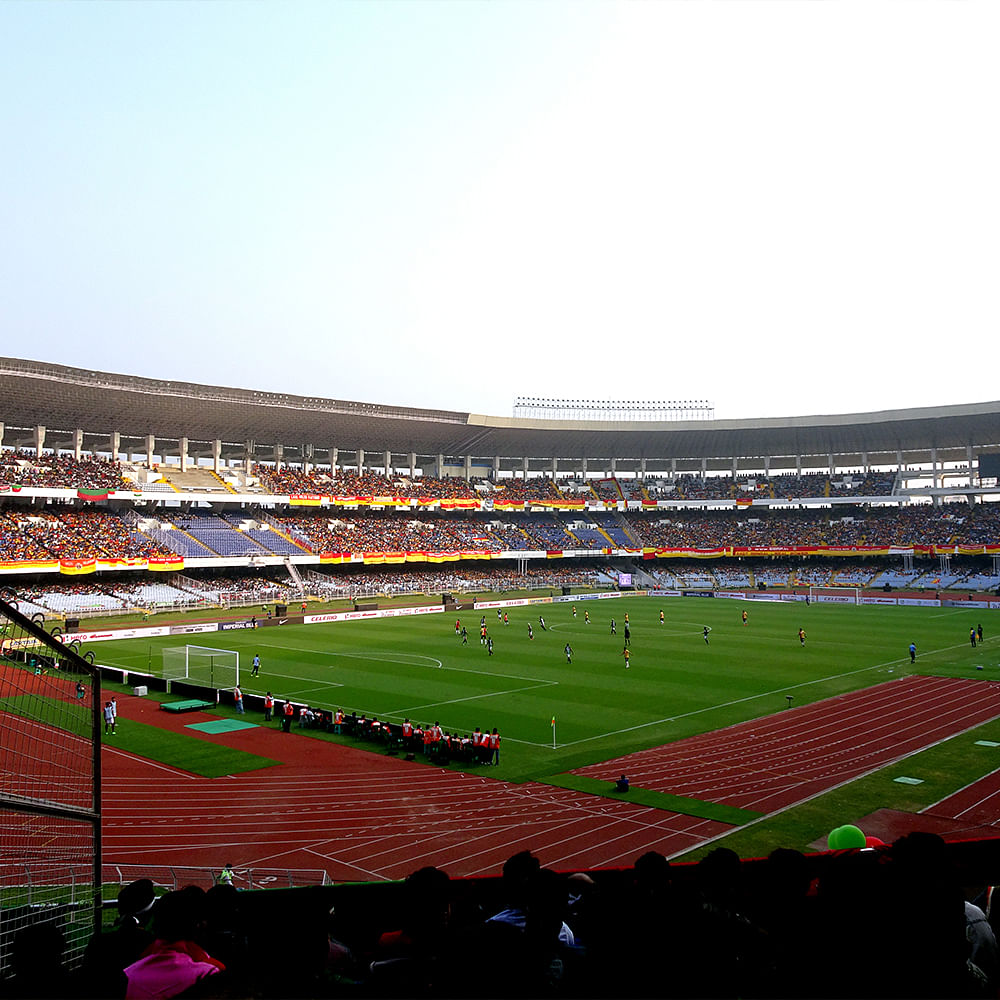The Salt Lake Stadium was constructed in 1984 in Kolkata, a city that is passionate about football. This stadium in Kolkata, which formerly held 120,000 spectators, is undoubtedly one of the wonders in which the people of Kolkata take great pleasure.
Yuva Bharati Krirangan, another name for Salt Lake Stadium, was once the second-largest stadium in the world without a racecourse. After extensive renovations, it was redesigned in 2014 to accommodate 68,000 people.
The current spectator capacity stands at 85,000 after the stadium underwent a makeover before hosting the U-17 Fifa World Cup. HK. Sen & Associates, Ballardie and Thompson & Mathews planned and constructed the stadium.

